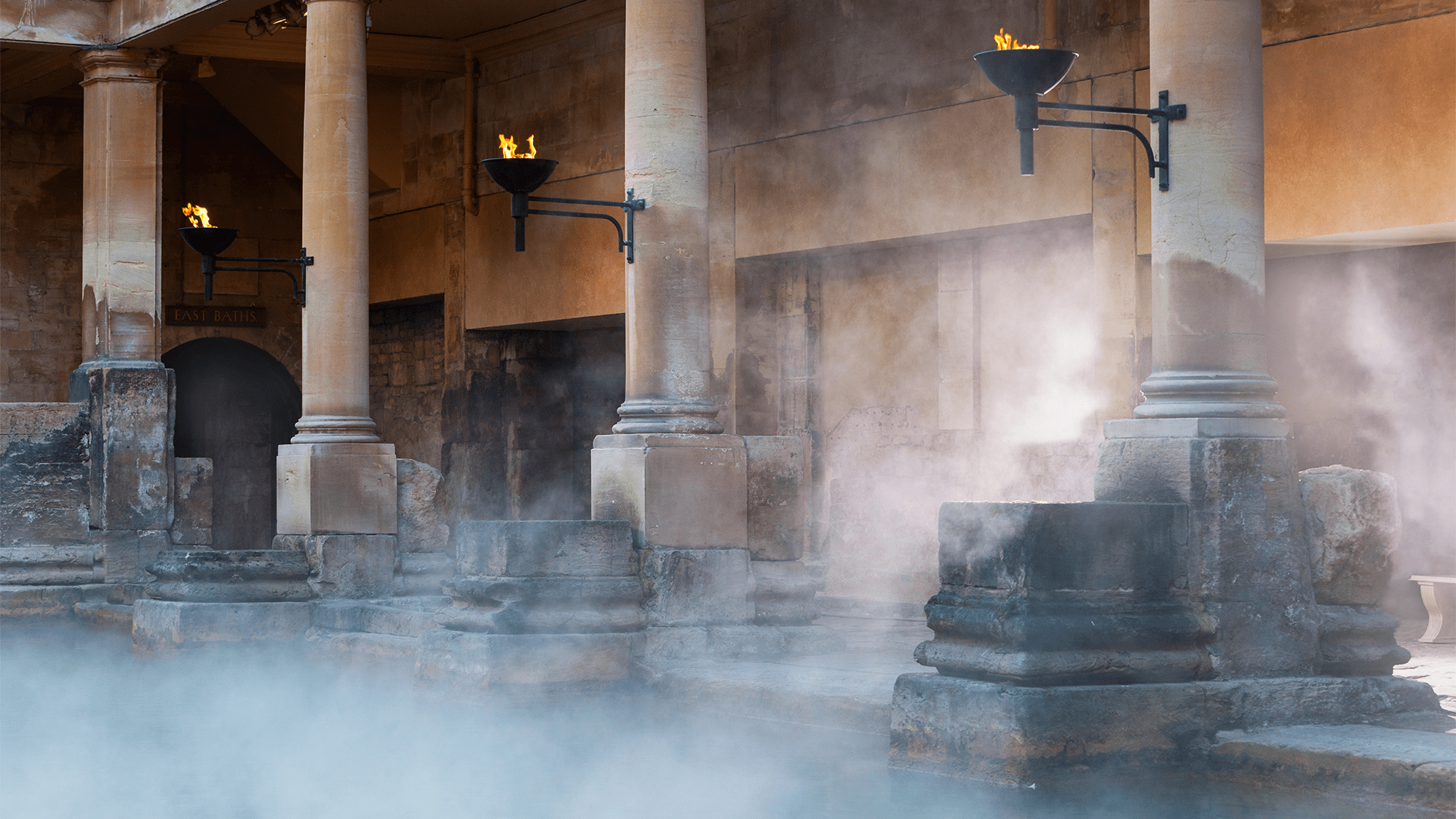The numerous ruins dating to the Roman Empire tell us a lot about the Roman’s military conquests, but they also had a penchant for wine fountains, cool coins, cleanliness, and even plumbing. Now, some microorganisms recently uncovered at the popular Roman Baths in the the city of Bath in southwestern England may hold some new clues and tools for the modern issue of increasing antibiotic resistance. The findings are detailed in a study published in the June 2024 issue of the journal The Microbe.
Lend me your tubs
Ruins of Roman baths have been uncovered in several countries, including Austria, Croatia, Lebanon, and Spain. These public structures were typically built over hot springs that have supposed medicinal properties. The Roman Baths in this study in Bath, England were built around 707 CE.
“People have visited the springs in Bath for thousands of years, worshiping at, bathing in and drinking the waters over the centuries,” Zofia Matyjaszkiewicz, a study co-author and Collections Manager at the Roman Baths, said in a statement. “Even in the Victorian period the Spa Treatment Centre in Bath used the natural spring waters for their perceived curative properties in all sorts of showers, baths and treatments.”
[Related: The Roman Britons cared a lot about hair removal, and it shows in artifacts.]
Studying what potentially clinically useful microbes are present in the balmy water could help develop new antibiotics at a crucial time. Across the globe, resistance of bacteria to currently used medication is estimated to be responsible for over 1.27 million deaths annually.
Don’t throw the bacteria out with the bathwater
In the study, a team of scientists collected samples of water, sediment, and biofilm from several locations with the Roman Baths complex. These include the King’s Spring–with waters of about 113 degrees Fahrenheit–and the Great Bath, with temperatures closer to 86 degrees.
The team used genetic sequencing technology and bacterial culturing techniques to analyze and isolate the bacteria that have antibiotic activity. They isolated about 300 distinct types of bacterias from across the Roman Baths site, including two key candidate groups–Actinobacteria and Myxococcota. These bacterial types are known for their antibiotic production and different concentrations of these useful microbes were more prominent within the varying water temperatures.
Additional tests revealed 15 of these isolates–including some Proteobacteria and Firmicutes– also had some levels of inhibition against common human pathogens, including E.coli, Staphylococcus aureus, and Shigella flexneri. Several strains of E.coli have already become resistant to antibiotics. Staph infections infect millions every year, particularly in healthcare settings. Shigella infections cause roughly 450,000 infections in the United States each year.
According to the team, a significantly more additional investigation is needed before the microorganisms discovered in the Roman Baths can be drafted into the fight against infections and diseases. However, they believe that these early findings show that there is a potential for novel natural products within these ancient hot springs that could be explored further.
[Related: Poop transplants might protect vulnerable patients from superbug infections.]
“Antimicrobial resistance is recognised as one of the most significant threats to global health, and the hunt for novel antimicrobial natural products is gathering place,” study co-author and University of Plymouth biomedical professor Lee Hutt said in a statement. “This study has for the first time demonstrated some of the microorganisms present within the Roman Baths, revealing it as a potential source of novel antimicrobial discovery. There is no small irony in the fact [that] the waters of the Roman Baths have long been regarded for their medicinal properties and now, thanks to advances in modern science, we might be on the verge of discovering the Romans, and others since, were right.”
This research is currently being expanded and will be among the first in-depth studies of a UK thermal hot spring focused on antimicrobial discovery. This project is scheduled to begin in October, and will apply a variety of laboratory techniques to screen the microorganisms found in the Roman Baths for antimicrobial activity. The team hopes to identify any that may have potential clinical applications in the future.
“It’s really exciting to see cutting edge scientific research like this taking place here, on a site with so many stories to tell,” said Matyjaszkiewicz.

